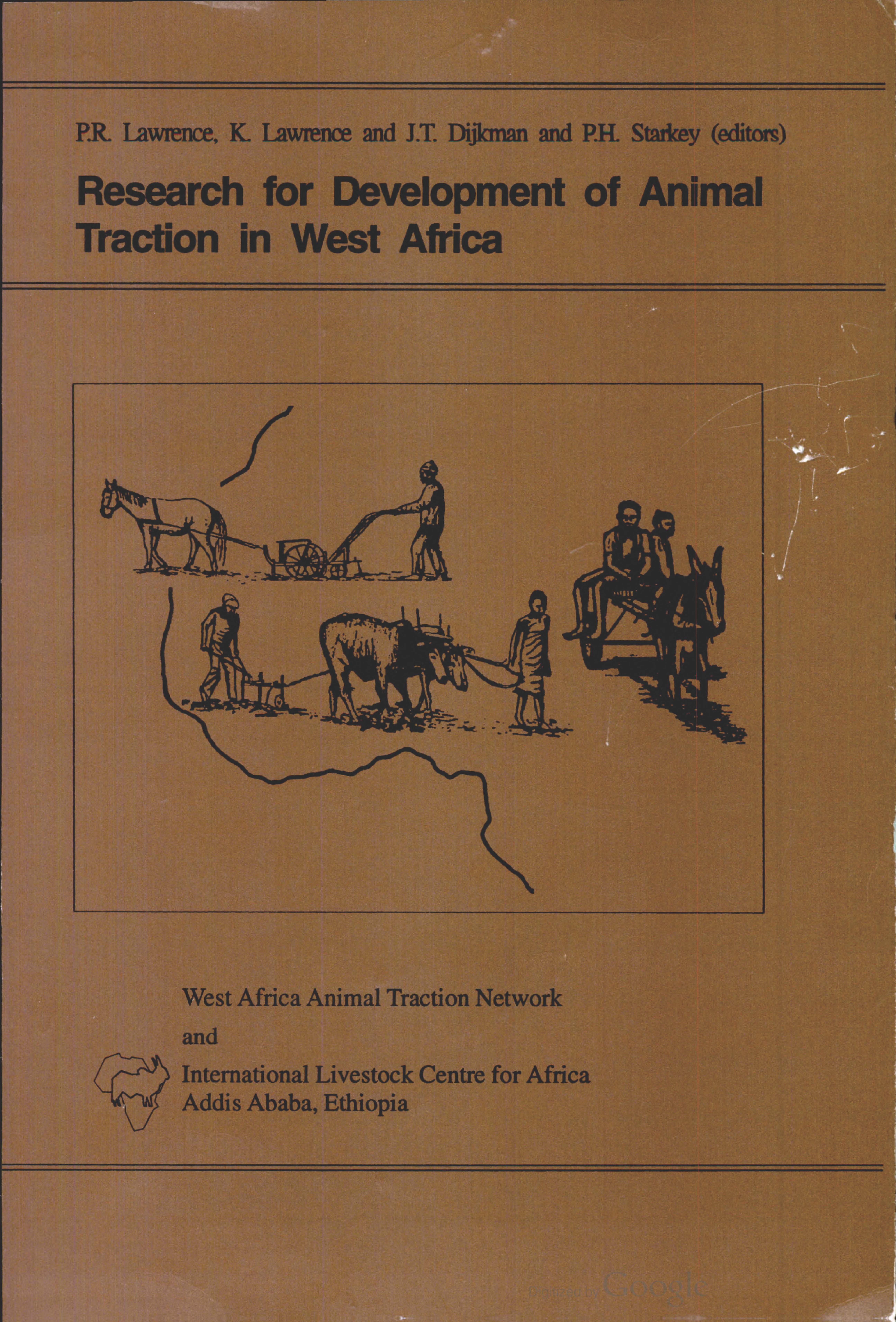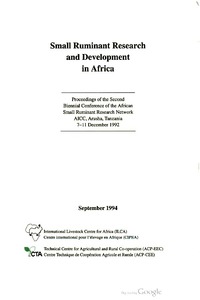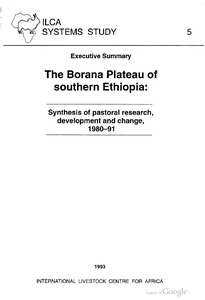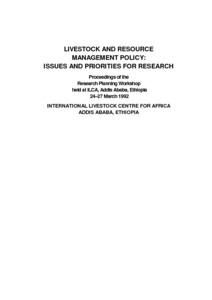Location
Vision, mission and strategy
ILRI's strategy 2013-2022 was approved in December 2012. It emerged from a wide processof consultation and engagement.
ILRI envisions... a world where all people have access to enough food and livelihood options to fulfil their potential.
ILRI’s mission is... to improve food and nutritional security and to reduce poverty in developing countries through research for efficient, safe and sustainable use of livestock—ensuring better lives through livestock.
ILRI’s three strategic objectives are:
- with partners, to develop, test, adapt and promote science-based practices that—being sustainable and scalable—achieve better lives through livestock.
- with partners,to provide compelling scientific evidence in ways that persuade decision-makers—from farms to boardrooms and parliaments—that smarter policies and bigger livestock investments can deliver significant socio-economic, health and environmental dividends to both poor nations and households.
- with partners,to increase capacity among ILRI’s key stakeholders to make better use of livestock science and investments for better lives through livestock.
This is ILRI’s second ten-year strategy. It incorporates a number of changes, many based on learning from the previous strategy (2000–2010, initially produced in 2000 and modified in 2002), an interim strategy (2011–2012) and an assessment of the external and internal environments in which the institute operates.
Members:
Resources
Displaying 996 - 1000 of 1152Research on cow traction in Africa: Some lessons to be learnt
This paper compares the conclusions drawn from ILCA's work on single-ox and cow traction in Africa with those drawn from surveys and farmers' experience in South East Asia especially Thailand and Bangladesh. The ILCA work shows cow traction to be apparently more profitable than single-ox ploughing and both better than pair-ox ploughing. This paper throws some doubt on these conclusions and indicates that cow traction may cause problems by requiring larger amounts of high quality feed.
Research for development of animal traction in West Africa. Proceedings of the fourth workshop of the West African Animal Traction Network
The report is divided in 12 sections. The first section is introductory. The second section presents research on animal health of working animals. Diversified uses of animal traction including animal-powered rice-huller, weed control are discussed in the 3rd section. The fourth section looks into harnessing and implements used in the different regions of West Africa. The management and nutrition of working animals is discussed in the fifth and sixth sections.
Small ruminant research and development in Africa: Proceedings of the Second Biennial Conference of the African Small Ruminant Research Network, AICC, Arusha, Tanzania, 7-11 December 1992
This volume contains papers and abstracts of the Second Biennial Conference of the African Small Ruminant Network. In addition to the keynote address, there are nine papers on Small Ruminant Production Systems, Economics and Policy, nine papers on Small Ruminant Performance and Reproduction, ten papers on Small Ruminant Health and Reproductive Wastage, eight papers on Small Ruminant Feeds and Feeding Systems and eight papers on Small Ruminant Genetic Resources and Breeding. Ten poster abstracts covering the above topics add to the volume.
The Borana plateau of southern Ethiopia: synthesis of pastoral research, development and change, 1980-91. Executive summary
The Borana plateau of southern Ethiopia: synthesis of pastoral research, development and change, 1980-91 summarises results from work conducted by 40 people in the southern Ethiopian rangelands between 1980 and 1991. The first chapter reviews rangelands and rangeland development in Ethiopia. The second chapter is an introduction to the Borana plateau: natural resources and pastoral society. The next three chapters deals with vegetation dynamics and resoruce use, Borana household economy, and livestock husbandry and production.
Trade and pricing policies in the context of sustainable livestock production in sub-Saharan Africa
This papers examines the trade and price trends for livestock products emerging for the 1990s in sub-Saharan Africa, the issues that these trends present for policy research, the potential impact of research that addresses the identified issues, and wheather ILCA have a comparative advantage in undertaking work on the identified issues and wheather there are potential collaborators to work with. The issues and areas identified constitute a modest set of suggestions for future research.






